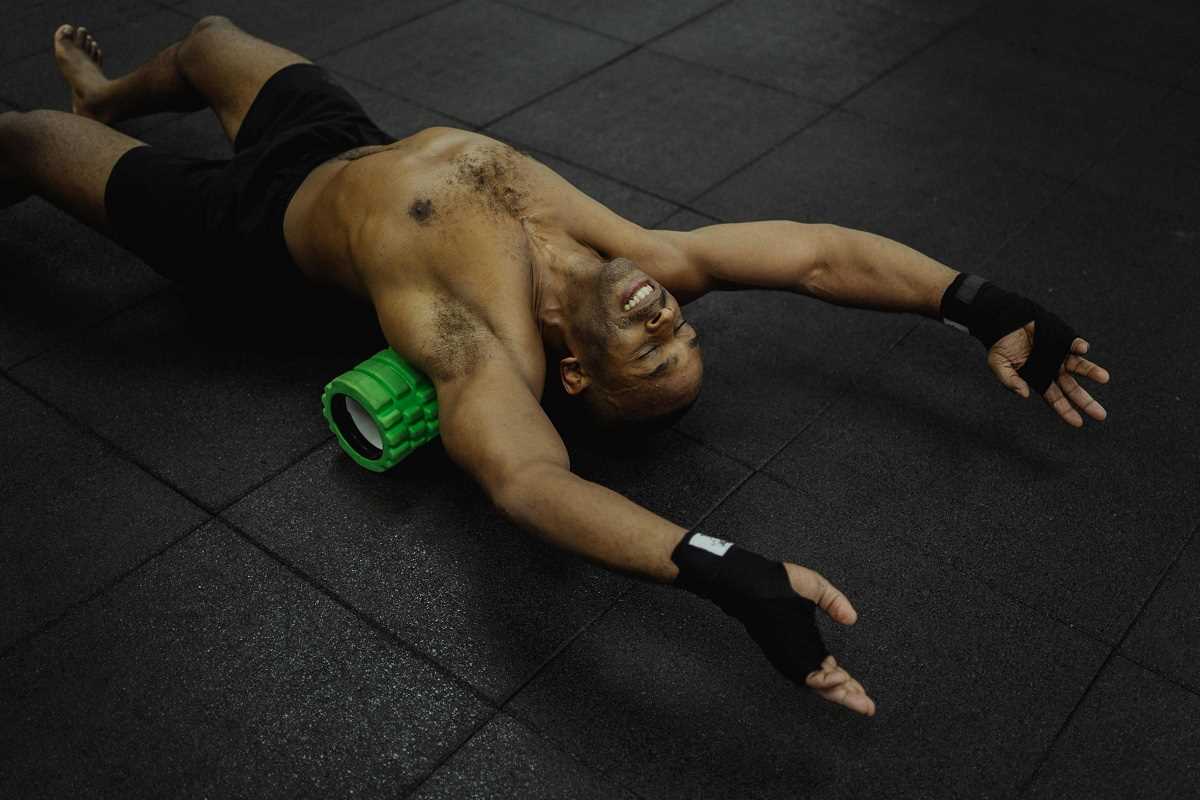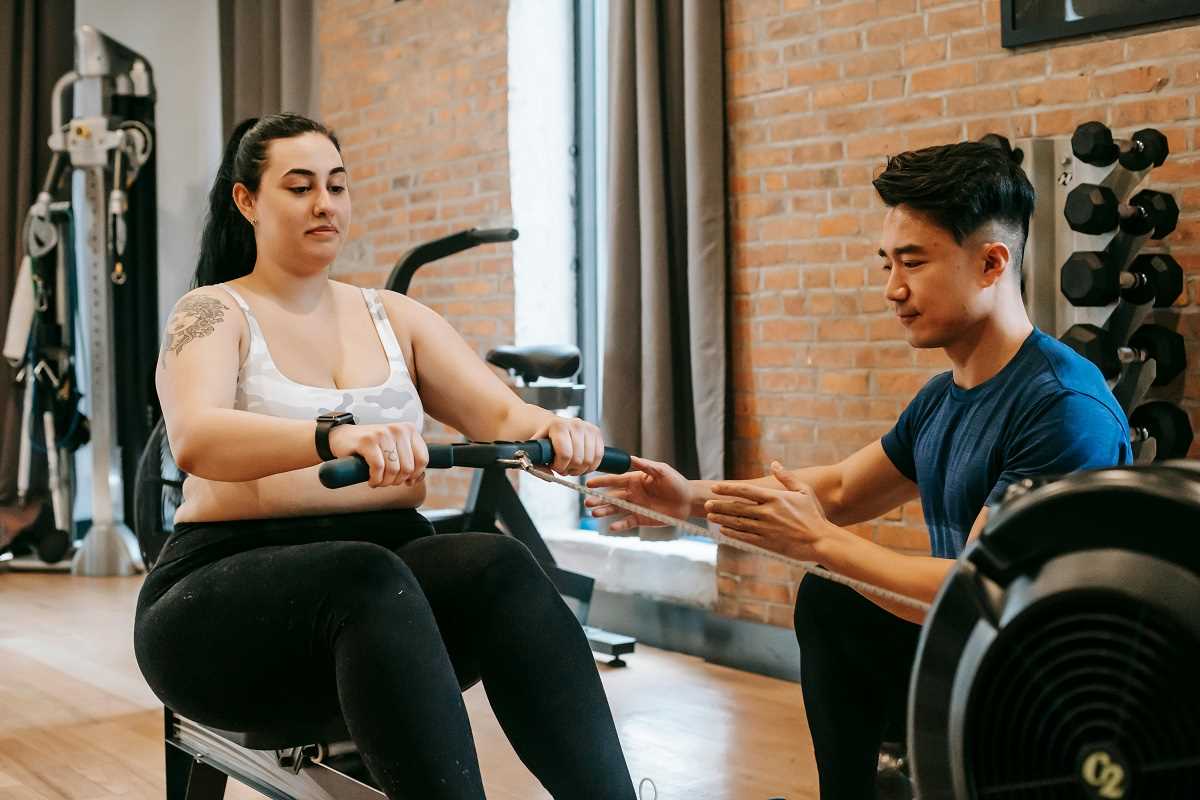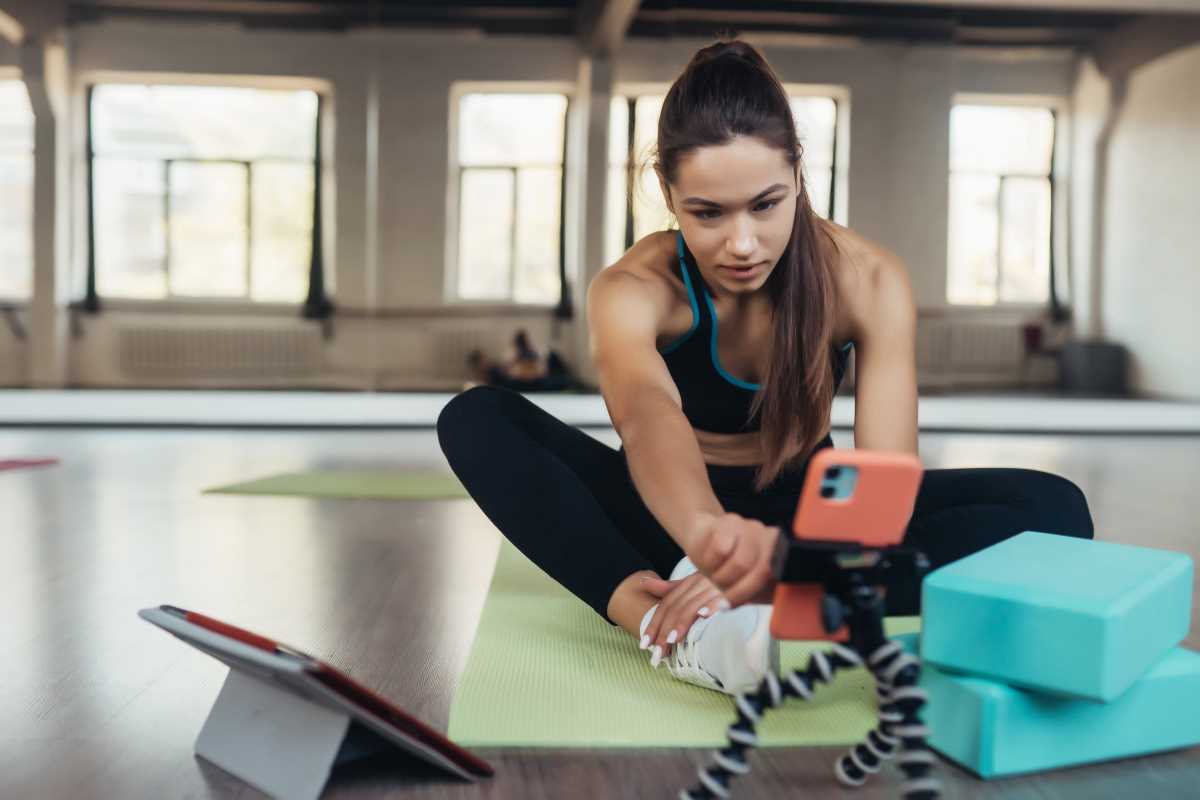When you think about building strength, your grip probably isn’t the first thing that comes to mind. You might focus on your chest, back, legs, or core—and that’s fair. But what if I told you your grip strength is a secret weapon for boosting overall strength, improving athletic performance, and even bringing some unexpected benefits to your everyday life? Yes, grip strength. That thing most people ignore could actually make a massive difference in how you train, how you play sports, and even how you carry yourself. Training it isn’t as complicated as you might think.
Why Grip Strength is More Important Than You Realize
Grip strength goes beyond just having a firm handshake or impressing your friends with your crushing grip. It directly plays a role in your performance both in and outside of the gym.
- Supports Overall Strength
Your grip is often the weak link during heavy lifts. Whether you’re deadlifting, doing pull-ups, or just carrying groceries, your grip is quite literally the connection to the weight you're moving. If your hands can’t hold onto the bar or object, it doesn’t matter how strong your legs, back, or arms are—you’ll miss out on those gains.
- Boosts Athletic Performance
Think about sports like football, wrestling, or rowing. These all require grip to control equipment, tackle opponents, or transmit power through your hands. A stronger grip means you’re less likely to get outmuscled or lose control. Even in a sport like basketball, a stronger grip can translate into better ball-handling and control under pressure.
- Reduces Risk of Injury
Stronger hands and wrists protect you from common injuries like sprains or strains. Plus, if you’re lifting weights regularly, a solid foundation of grip strength can help prevent overuse injuries.
- A Surprising Indicator of Health
Studies have shown that grip strength is associated with overall health and longevity. A 2018 study published in The Lancet found that weaker grip strength is linked to greater risks of cardiovascular incidents like strokes. Crazy, right?
- Everyday Independence
What about the little things, like opening a tight jar, carrying a load of laundry, or moving furniture? Grip strength is incredibly practical—it makes your everyday life smoother.
The Anatomy of Grip Strength
Now that you understand why it matters, what is grip strength exactly? For simplicity, it involves the muscles and tendons in your hands, forearms, and wrists. These muscle groups work together whenever you grasp, hold, or lift something.
Grip strength can be broken down into a few different categories, depending on how you’re using your hands.
1. Crushing Strength
This is the classic grip strength most people think of. It’s all about how hard you can squeeze something, like when you’re gripping a barbell or shaking someone’s hand.
2. Pinching Strength
Pinching focuses on how well you can grip something between your fingers and thumbs—think holding onto the edges of a weight plate or picking up small objects.
3. Supporting Strength
This is your ability to maintain a grip over time. It’s what helps you hold onto a pull-up bar or carry heavy shopping bags without dropping them.
4. Wrist Strength
It’s all about rotational stability and control in your wrists. This often gets overlooked but is crucial for a well-rounded grip.
How to Train Grip Strength Effectively
Now that you’re sold on its importance, it’s time to train your grip. Luckily, you don’t need a separate “grip day” at the gym. By incorporating a few targeted exercises into your existing routine, you can make impressive gains in no time.
1. Deadlifts
Deadlifts are the king of grip exercises. Every time you pick that bar up off the ground, your grips are engaged. To push it further, try using a double overhand grip (no straps) until absolutely necessary. Want extra credit? Throw in some heavy farmer’s carries.
2. Farmer’s Carries
Speaking of farmer’s carries, this is one of the simplest and most effective grip exercises. Grab two heavy dumbbells or kettlebells, and hold them at your sides. Then walk as far and as steadily as you can. This builds crushing and supporting strength at the same time.
3. Pull-Ups (Or Dead Hangs)
The pull-up bar is your new best friend. Pull-ups challenge your grip every time you lift your body weight. And if pull-ups are still a work in progress, just hang there. Dead hangs are fantastic for endurance, and they feel like a great stretch for your shoulders too.
4. Plate Pinches
If you’re at the gym, grab two weight plates and press them together with your fingers and thumbs (smooth side out). Just hold them up for as long as possible. If this feels easy, either add more weight or try walking while holding the plates.
5. Wrist Curls and Extensions
Strengthening your wrists adds power to your grip. Use a barbell or dumbbells for wrist curls (palm up) and wrist extensions (palm down). Focus on form and controlled movements, and you’ll feel the burn.
6. Hand Grippers
If you’re looking for something to do while watching TV or sitting at your desk, grab a hand gripper. These little spring-loaded tools are perfect for isolating your crushing strength. Go for sets of reps or hold for as long as you can.
7. Rope Climbing
If your gym has a rope, you’re in for a treat. Rope climbing tests your crushing, pinching, and supporting strength all at once. It’s a killer full-body workout too.
Simple Add-Ons for Everyday Life
Even outside of the gym, there are plenty of sneaky ways to work on your grip strength.
- Avoid Straps (When Possible): Using lifting straps can save your grip, but don’t rely on them too much. Save them for when you really need them.
- Carry Your Groceries: Instead of a cart, carry your shopping bags by hand—it’s a mini farmer’s carry workout.
- Grip Strange Objects: Pick up things like thick books, water bottles, or even uneven surfaces. The variety will boost your grip endurance!
Tracking Your Progress
Grip strength doesn’t improve overnight, but you’ll notice small wins that add up fast. If you’re feeling impatient, here’s how to track it:
- Grip Dynamometers: These are tools that measure your grip strength in pounds or kilograms.
- Endurance Metrics: See how long you can hold a dead hang or farmer’s carry with a specific weight.
Don’t Forget Recovery
Like any other muscle group, your hands and forearms need rest to grow stronger. Overtraining can lead to burnout or injuries—so train smart, and listen to your body.
While grip strength may not be the flashiest aspect of training, it’s a foundation that ties everything together. The stronger your grip, the better you’ll perform in the gym, on the field, or in everyday life.
 (Image via
(Image via





